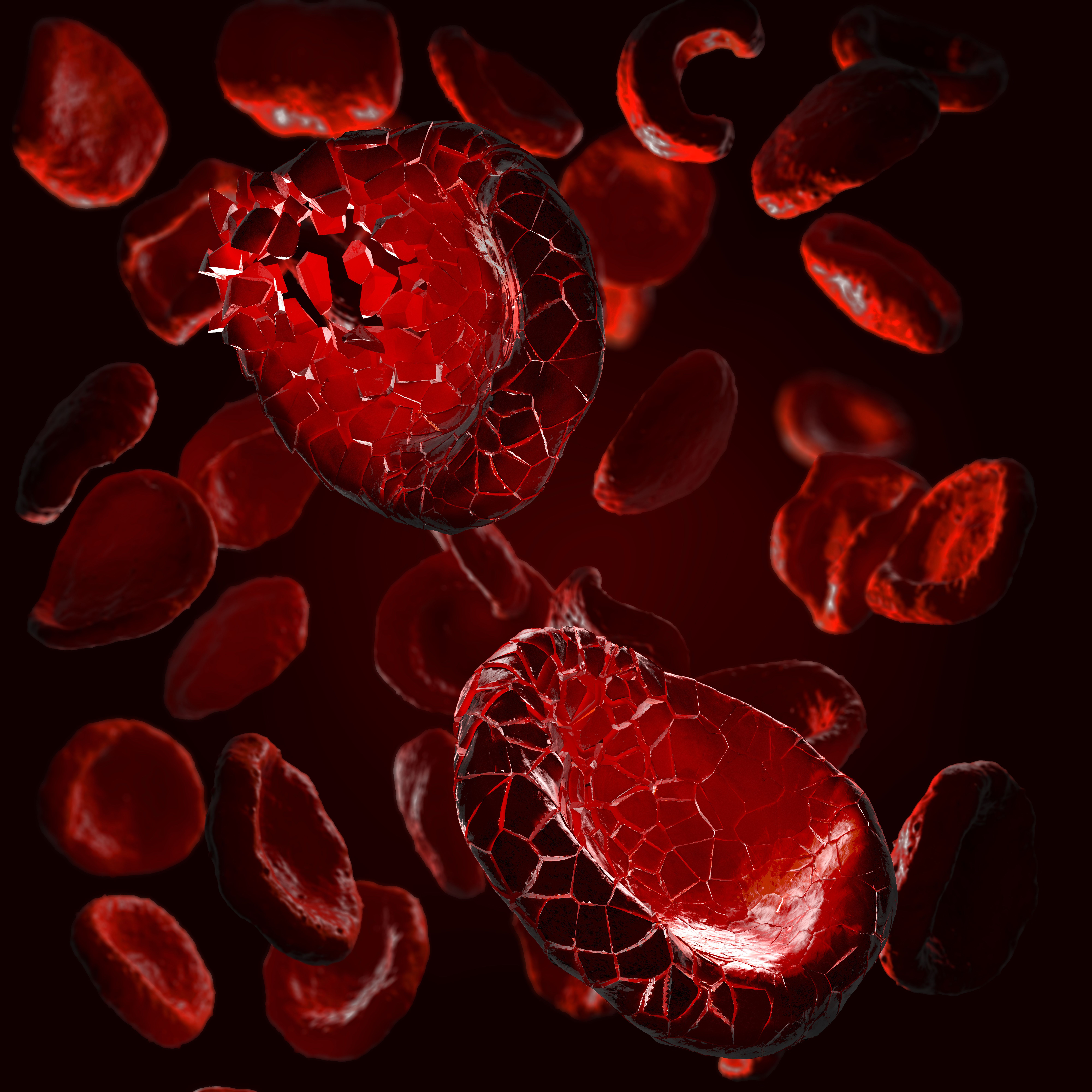Brentuximab Vedotin/Chemo Improves HRQOL in High-risk Hodgkin Lymphoma
Brentuximab vedotin plus chemotherapy significantly improved HRQOL in both pediatric and young adult patients with high-risk Hodgkin lymphoma.
Brentuximab vedotin plus chemotherapy significantly improved HRQOL in both pediatric and young adult patients with high-risk Hodgkin lymphoma.

Initial treatment with brentuximab vedotin (Adcetris) plus multidrug chemotherapy improved health-related quality of life (HRQOL) compared with standard multidrug chemotherapy alone in pediatric and young adult patients with high-risk Hodgkin lymphoma, according to results from the phase 3 AHOD1331 trial (NCT02166463) that were published in the Journal of Clinical Oncology.1
By cycle 2 (T2), a clinically significant improvement in HRQOL was noted in the brentuximab vedotin arm (β = 7.3; 95% CI, 3.2-11.4; P ≤ .001). Of note, this was a greater chance in the standard-of-care (SOC) arm (difference in change β 5.1; 95% CI, –0.2-10.3; P = .057).
“It has been increasingly recognized as important to study quality of life as we try to improve the patient experience and help them to make informed choices about treatment,” AnnaLynn Williams, PhD, assistant professor of surgery at the University of Rochester Medical Center, stated in a press release on these findings.2
A total of 280 patients aged at least 11 years old were eligible for the study, with 261 completing the Child Health Ratings Inventories (CHRIs) global scale before treatment (T1). At enrollment, the mean patient age was 15.6 years, 52% were female, and 57% were non-Hispanic White.
At T1, 93% of patients completed the CHRIs-Global, with 92% at T2, 89% at cycle 3 (T3), and 77% at cycle 4 (T4). Investigators noted this was not significant, but those who did not complete the CHRIs-Global at T4 were often Hispanic or non-Hispanic Black, had a lower income, were privately insured, and had mixed cellularity histology.
Patients were randomly assigned to either brentuximab vedotin or SOC and given 5 cycles of therapy. If patients had a large mediastinal adenopathy, they were given 21 Gy of site radiation after the fifth cycle of chemotherapy. If patients had slow-responding lesions via PET scans, they were given 21 Gy plus 9 Gy as a boost dose to sites with incomplete metabolic response after the fifth cycle.
Prior to T1, 43.7% of patients were at least 2 standard deviations below the maximum HRQOL score, which was defined as less than 60 points. Compared with males, females often scored 10 points lower (β = 10.62; 95% CI, –16.22 to –45.03). At baseline, those who presented with fever scored 8 points lower on the CHRIs-Global vs those without (β = –7.84; 95% CI, –13.53 to –2.14). Night sweats, weight loss, or socioeconomic factors did not play a role in HRQOL at baseline.
There were statistically significant improvements in HRQOL in the brentuximab vedotin arm, relative to T1, which was noted in T3 (β = 5.50; 95% CI, 0.96-10.04; P = .018) and T4 (β = 14.69; 95% CI, 10.39-19.00; P ≤ .001). There was no statistically or clinically significant increase for HRQOL in the standard-of-care arm until the end of therapy in T4 (β = 9.21; 95% CI, 4.67-13.75; P < .001). When looking from T4 to T1, the authors noted that the change was still greater in the brentuximab vedotin arm (difference in change β = 5.48; 95% CI, 20.74-11.70; P = .084).
A minimal clinically important difference (MCID) was achieved in 41.7% of patients in the brentuximab vedotin arm vs 31.1% in the standard arm (P = .074). When the Cox proportional hazard model was adjusted for age, sex, and race/ethnicity, those in the brentuximab vedotin arm were more likely to achieve MCID, however, it was not statistically significant (HR, 1.24; 95% CI, 0.92-1.57; P = .196).
“While, on average, patients experienced improvements in HRQOL, the addition of [brentuximab vedotin] to a dose-dense, 5-cycle pediatric regimen for high-risk [Hodgkin lymphoma] was associated with significant improvements in HRQOL within 2 cycles of therapy,” Williams and colleagues concluded.
References
- Williams AM, Rodday AM, Pei Q, et al. Longitudinal health-related quality of life among patients with high-risk pediatric Hodgkin lymphoma treated on the Children's Oncology Group AHOD 1331 Study. J Clin Oncol. Published online July 26, 2024. doi:10.1200/JCO.24.00038
- Measuring “Quality of Life” Is an Important Trend in Cancer Care. News release. University of Rochester Medical Center. August 5, 2024. Accessed August 19, 2024. https://shorturl.at/nj3E7
Highlighting Insights From the Marginal Zone Lymphoma Workshop
Clinicians outline the significance of the MZL Workshop, where a gathering of international experts in the field discussed updates in the disease state.